Digital & Smart Aquaculture Technology
Artificial intelligence, automation, and IoT-driven solutions are transforming traditional fish farming into a highly efficient, data-driven industry. Digital & smart aquaculture technology integrates real-time monitoring systems, underwater sensors, and machine learning algorithms to optimize water quality, feeding schedules, and fish health management. Automated feeders equipped with AI analyze fish behavior, reducing waste while enhancing growth rates. Drones and remotely operated vehicles (ROVs) facilitate farm inspections, minimizing human intervention in challenging environments. Blockchain technology is also gaining traction, ensuring transparency and traceability in the seafood supply chain. Meanwhile, cloud-based platforms enable farmers to make informed decisions through predictive analytics, reducing operational risks. As the industry moves towards precision aquaculture, the adoption of Digital & Smart Aquaculture Technology enhances productivity, sustainability, and profitability, paving the way for a more resilient and environmentally responsible future in aquatic food production.
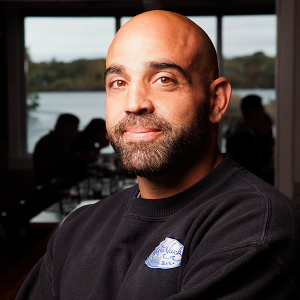
Perry Raso
Matunuck Oyster Farm, United States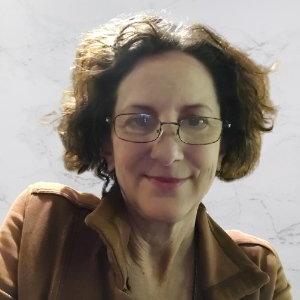
Joni Lee Giovanna Hesley
Education Emerita, CropKing Inc., United States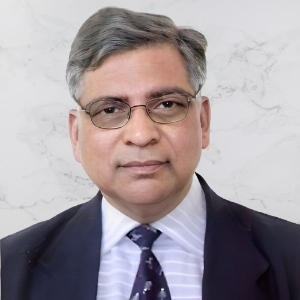
Virendra Kumar Goswami
Indian Institute of Technology, India
Amit Das
Memorial University of Newfoundland, Canada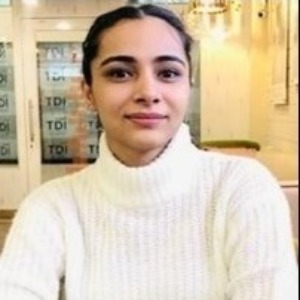
Mandeep Kaur
Panjab University, India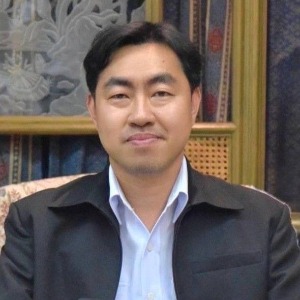
Pavarot Noranarttragoon
Department of Fisheries, Thailand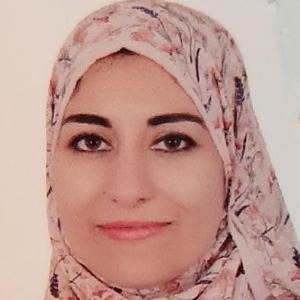


Title : Application of Artificial Intelligence and NISAR satellite to study the air sea CO2 exchange and aquatic toxicology to develop ‘Aquatic Pollution Remediation Technologies’(PART)
Virendra Kumar Goswami, Indian Institute of Technology, India
Title : Conditionally pathogenic microparasites (Microsporidia and Myxosporea) of mullet fish potential objects of mariculture in the Black and Azov Seas
Violetta M Yurakhno, A. O. Kovalevsky Institute of Biology of the Southern Seas of Russian Academy of Sciences, Russian Federation
Title : Integrating art, science and rural development: The multifaced role of aquarium keeping
T V Anna Mercy, Kerala University of Fisheries and Ocean Studies, India
Title : Seaweed aquaculture policy gap analyses in Indonesia, Kenya, and Tanzania
Megan Considine, The Nature Conservancy, Puerto Rico
Title : Utilizing art to enhance learning STEM subjects required for aquaculture
Joni Lee Giovanna Hesley, Education Emerita, CropKing Inc., United States
Title : Exploring the aquaculture potential of marine sponges (Phylum Porifera) in Kerala, India: A focus on growth dynamics and optimization of farming protocols
Anita M George, University of Kerala, India